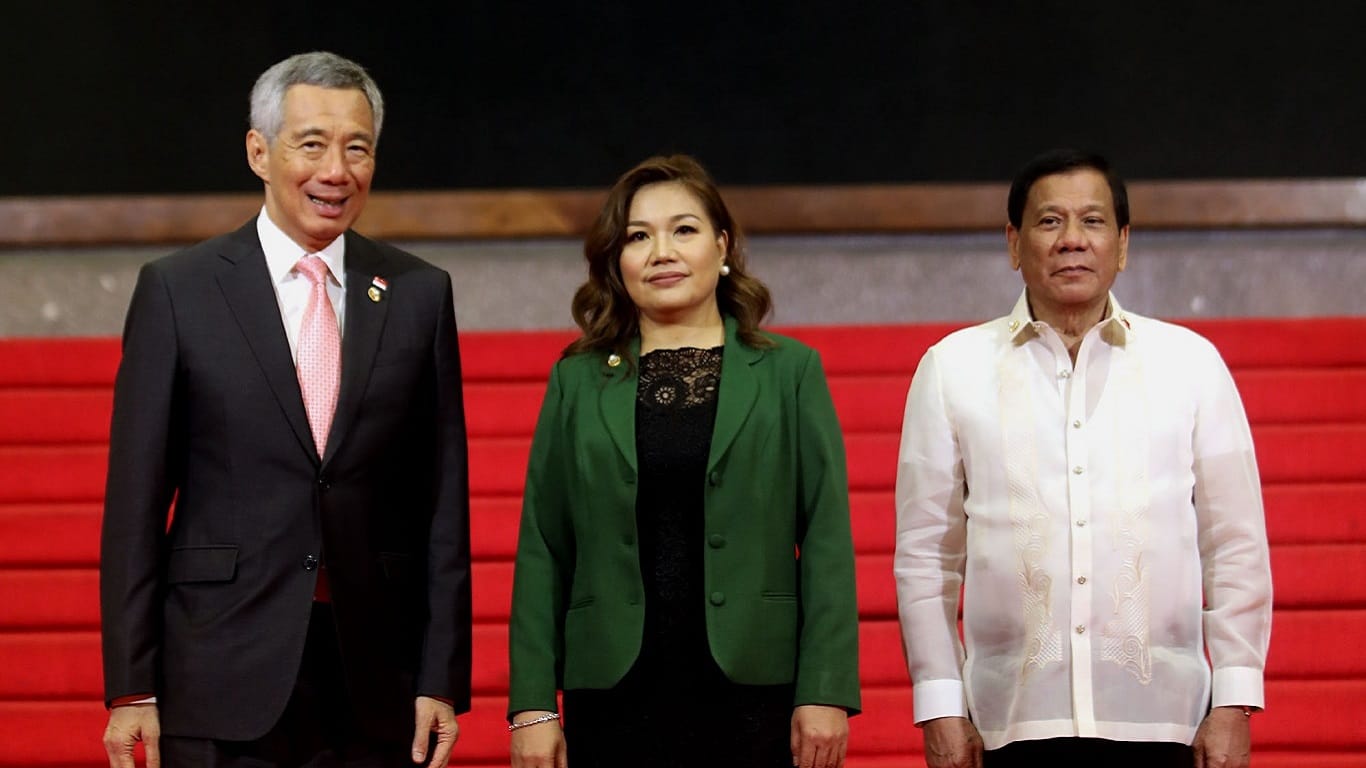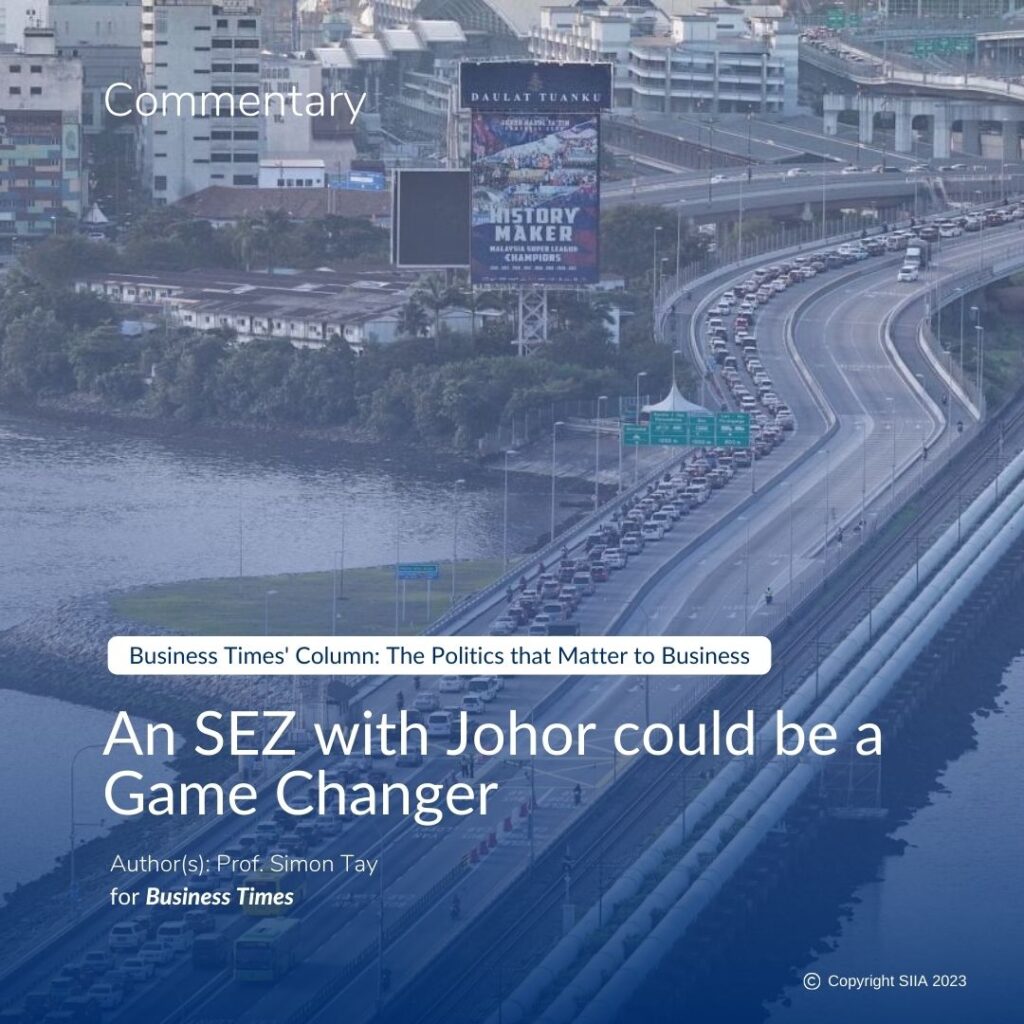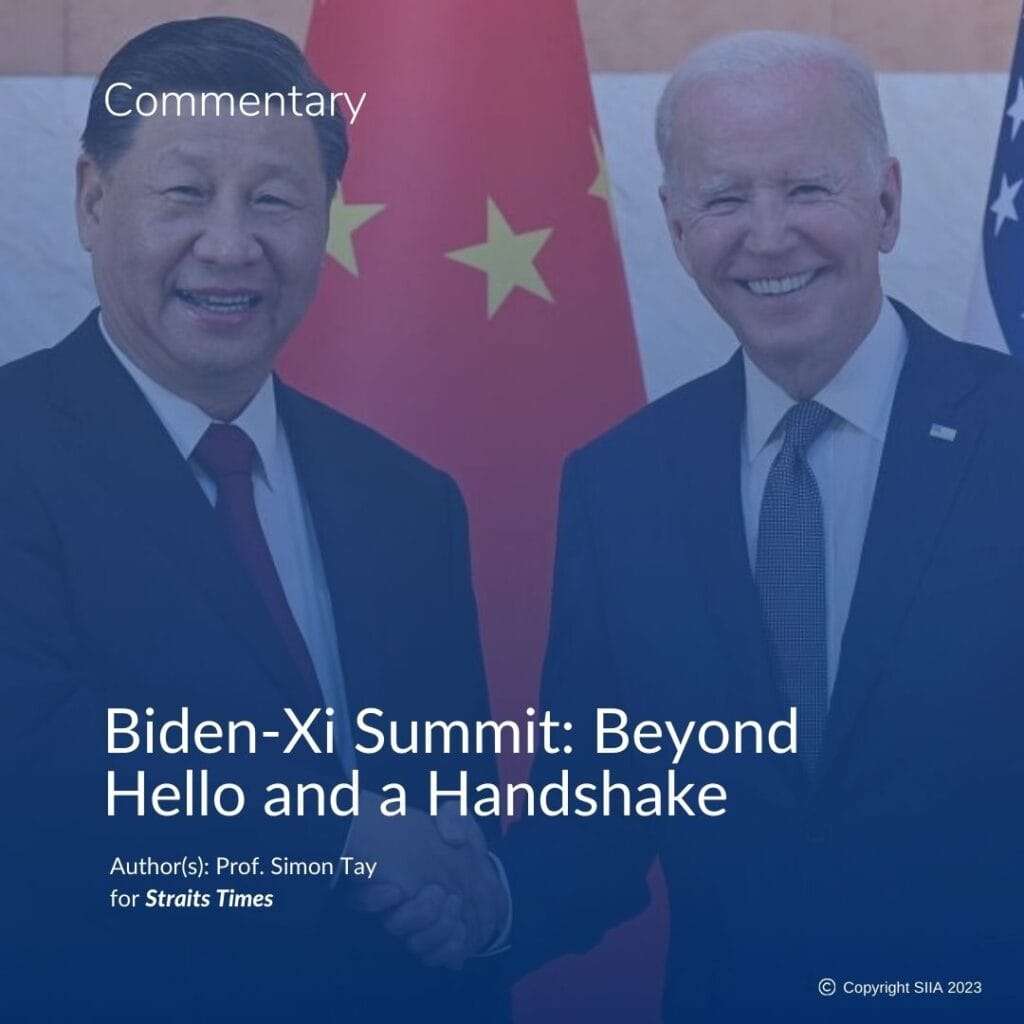By Chen Chen Lee and Shangari Kiruppalini
The Association of South-east Asian Nations (Asean) held its 30th summit in Manila last week amid growing anti-globalisation sentiments in the West.
As Western markets become more inward-looking, intra-Asean links will matter now, more than ever.
During the summit, Prime Minister Lee Hsien Loong urged Asean to resist inward-looking sentiments and to tap on its intra-sources of growth by working towards a “credible and high quality” Regional Comprehensive Economic Partnership Agreement (RCEP). The successful completion of the RCEP will anchor Asean’s role in the global economy while strengthening Singapore’s trade relations within the East Asian and South-east Asian markets.
Deeper economic integration will be the linchpin of Asean’s strategy to be a global player, and maintain its outward-looking position and engagement with the rest of the world. However, as Asean continues with its economic integration agenda, the grouping must consider the “human face” of the Asean Economic Community (AEC). This is important as the AEC is neither a standalone initiative, nor is it just made up of facts and figures. The AEC is, in fact, an embodiment of an Asean community that is made up of people, and more attention needs to be paid to them.
The “human face” of the AEC concerns two segments of the population. The first is the burgeoning middle class that is demanding more equitable growth and more transparent and cleaner governments. Modern-day technology and social media have amplified these voices and generated greater accessibility for the average person to policymakers.
This is changing the style of governance in Asean member states, raising overall expectations of how governments should perform. Many traditional elites who have dominated governments and state power are struggling to deal with the challenges of rising populism.
In the Philippines, for example, public frustration over corruption and social issues propelled the rise of President Rodrigo Duterte from outside the traditional elite. In Indonesia, public discontentment with corruption and uneven distribution of wealth encouraged the rise of President Joko Widodo, a political outsider. Such bottom-up factors are galvanising change at the national level. These factors have the power to impact what Asean leaders collectively can and cannot do in implementing the AEC.
The second segment of the population are the vulnerable groups in Asean. Despite the International Labour Organisation estimates that the AEC could generate 14 million additional jobs, there is a growing fear that the gains from the establishment of the AEC may not be evenly distributed among all Asean countries or among the people.
This is especially so for small and medium enterprises (SMEs), small-holder farmers, labourers working in the informal sector and undocumented or irregular migrant workers.
A more humane AEC is one that is inclusive and people-focused. Economic integration must help not just overall growth, but be seen to deliver more and better jobs and benefits broadly across society. In this regard, Asean needs to adopt a cautious approach towards economic integration.
Concerns over the widening income gaps partly explain the rise of populist sentiments across a number of countries, which may threaten future plans for economic integration.
Asean leaders need to ensure that the dividends of economic integration are distributed in an equitable manner. By putting the people at the core of policy-making, the benefits of economic integration may be felt by broader segments of the population.
First, promoting the development of small businesses can be the most effective and sustainable solution for creating more inclusive growth.
SMEs form the backbone of key South-east Asian economies, accounting for the majority of total employment and an integral source of economic growth. As opposed to foreign investment, which may be concentrated in a particular sector, local SMEs create opportunities across geographic areas and sectors, and employ much broader segments of the labour force. Therefore, empowering SMEs is the key to achieving a more humane AEC.
Asean leaders have sought to create mechanisms and institutions to help promote competitiveness among SMEs as the region integrates more closely.
However, the region’s infrastructure deficit still inhibits SMEs from gaining access to regional value chains. It is imperative that Asean leaders create new mechanisms to help SMEs integrate into global value chains.
Secondly, Asean needs to adopt a multi-stakeholder approach and transition away from a top-down organisation with government leaders directing the association.
A concerted effort to involve more voices in Asean’s decision-making process, particularly that of the youth, private sector and civil society, is necessary.
The private sector is a key stakeholder. Asean should aim to work alongside businesses to re-evaluate their strategies to prioritise corporate social responsibility initiatives that can complement Asean’s goals of sustainable, equitable and inclusive socio-economic development.
This can encourage businesses to address social concerns while helping to bring local economic development plans to fruition.
Asean can also do a better job at communicating its achievements, its vision, and its goals to her people. The level of awareness of Asean across different countries is patchy, and the idea of a shared regional identity remains a distant goal for now.
With little knowledge of the association, it becomes a challenge for Asean’s stakeholders to become part of the decision-making process, and ultimately drive the community-building process.
Asean has enjoyed a relatively successful and prosperous first 50 years. The next phase of its community building would be more challenging. In order to realise a people-centred and more humane community, Asean needs to transform itself from a process-oriented institution into an action-oriented one.
To do this, the public sector needs to work in tandem with the private sector and civil society to help Asean improve the lives of its people.
ABOUT THE AUTHORS:
Chen Chen Lee and Shangari Kiruppalini are, respectively, Director of Policy Programmes and Policy Research Analyst at the Singapore Institute of International Affairs. This commentary was originally published in TODAY on 2 May 2017 and was also carried by the Malay Mail Online and the ASEAN Breaking News website on 2 May 2017. It was also featured by The Myanmar Times under the title ‘Putting a ‘human face’ to AEC’ on 3 May 2017. A later version of this commentary was also published in The Nation under the title ‘ASEAN@50: Prioritising the Human Face for the ASEAN Economic Community’ on 28 May 2017.
SIIA Executive Director Nicholas Fang and SIIA Chairman Simon Tay also authored an article for the World Economic Forum (WEF) on ‘It’s clear what ASEAN’s priority should be for the next 50 years – it’s people’, published on 10 May 2017, based on this commentary.
Photo Credit: Department of Foreign Affairs, Philippines




